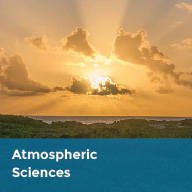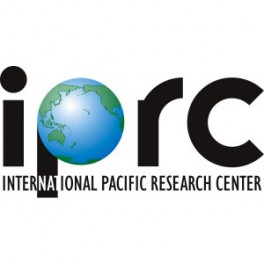Drought has caused millions of dollars’ worth of damage in Hawai‘i in the past 20 years. A particularly severe event from 2007–2014 was especially damaging to ranching in the state. According to the National Oceanic and Atmospheric Administration, the average drought causes more than 9 billion dollars’ worth of damage in the U.S. That puts abnormal dryness as the second most costly natural disaster, behind only hurricanes. New analysis from the East West Center in Honolulu shows just how damaging drought can be locally.
Abby Frazier, a geographer at the East West Center specializing in drought research, recently explored the financial cost of a record-breaking drought that lasted from 2007 to 2014. That episode of abnormal dryness was exceptional both in its duration and severity. Frazier characterized the 7 year drought as unprecedented in 100 years of data. “Revenue losses for the ranching industry on the order of about $44.5 million dollars. They lost over 20,000 head of cattle and it’s expected to take another 10 to 14 years to recover fully,” Frazier said.
So what caused the historic drought? It’s difficult to identify any one cause. Weather trends like drought are a complex mix of precipitation, temperature, and global air flow that can be difficult to predict. One contributing factor might be the El Niño/Southern Oscillation, known to be associated with drought conditions in Hawai‘i. While ENSO typically brings dry conditions to Hawai‘i, even a powerful El Niño wouldn’t likely be enough to cause a 7 year drought.
Christina Karamperidou, an assistant professor in the Department of Atmospheric Sciences, says that it would require multiple, back to back El Niño events to create a drought event of that duration. “El Niño events don’t last that long. It’s associated more with the decadal variability that we see in the Pacific.” She added that while there were El Niño events observed during the drought period, none were large enough to have caused such a severe drought.
Read more about it and listen to the report at Hawai‘i Public Radio.











